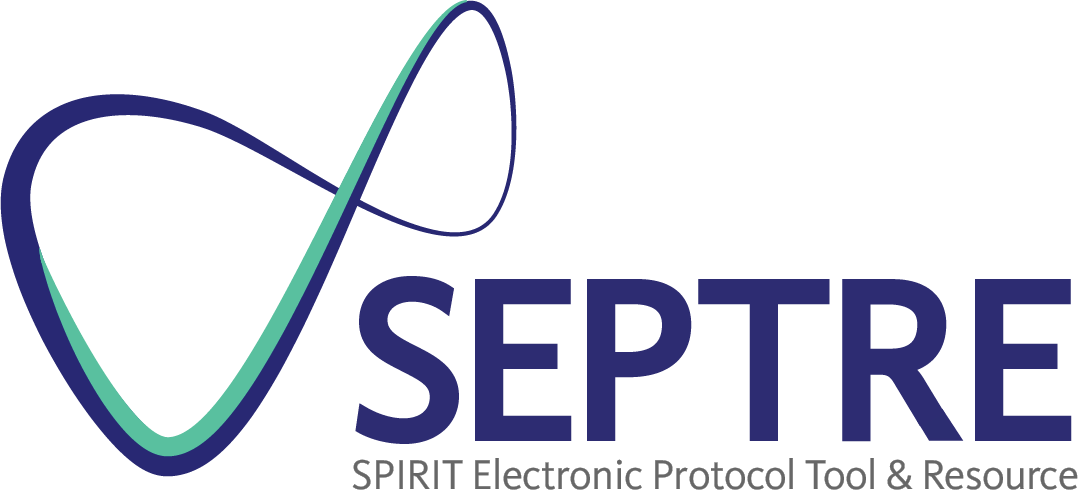Item 31a: Plans for investigators and sponsor to communicate trial results to participants, healthcare professionals, the public, and other relevant groups (e.g., via publication, reporting in results databases, or other data sharing arrangements), including any publication restrictions.
Example
“XII. Publication Policy
The Publications subcommittee will review all publications following the guidelines given below and report its recommendations to the Steering Committee.
A. Data analysis and release of results
The scientific integrity of the project requires that the data from all BEST [Beta-Blocker Evaluation of Survival Trial] sites be analyzed study-wide and reported as such. Thus, an individual center is not expected to report the data collected from its center alone . . . all presentations and publications are expected to protect the integrity of the major objective(s) of the study; data that break the blind will not be presented prior to the release of mainline results. Recommendations as to the timing of presentation of such endpoint data and the meetings at which they might be presented will be given by the Steering Committee.
B. Review process
Each paper or abstract, as described below, must be submitted to the appropriate Subcommittee for review of its appropriateness and scientific merit prior to submission. The Subcommittee may recommend changes to the authors and will finally submit its recommendations to the Steering Committee for approval.
C. Primary outcome papers
The primary outcome papers of BEST are papers that present outcome data . . . The determination of whether or not a particular analysis represents a primary outcome will be made by the Steering Committee on the recommendation of the Publications Subcommittee . . .
D. Other study papers, abstracts and presentations
All studies other than those designated as “Primary Outcome” fall within this category . . . All papers and abstracts must be approved by the Publications Committee before they are submitted.
It is possible that in certain instances BEST may be asked to contribute papers to workshops, symposia, volumes, etc. The individuals to work on such requests should be appointed by the Executive Committee, but where time permits, a proposal will be circulated soliciting other participants as in the case of other study papers as described in the Application Review Process.
XIII. Close-out Procedures
BEST may terminate at the planned target of 1.5 years after the last participant has been randomized, or at an earlier or later date if the circumstances warrant . . . Regardless of the timing and circumstances of the end of the study, close-out will proceed in two stages:
· Interim period for analysis and documentation of study results
· Debriefing of participants and dissemination of study results.
A. Interim
Every attempt will be made to reduce to an absolute minimum the interval between the completion of data collection and the release of the study results. We expect to take about 3 to 4 months to compile the final results paper for an appropriate journal.
B. Reporting of study results
The study results will be released to the participating physicians, referring physicians, patients and the general medical community.”370
Explanation
A fundamental ethical principle in clinical trials is that the potential risks incurred by study participants should be balanced by the benefit of contributing to publicly-available knowledge.371 Unfortunately, about half of clinical trials remain unpublished.80,83 Trials with statistically non-significant results or industry funding are more prone to non-publication,36;38;80-83 although government-funded trials are also susceptible.81 When published, trials with non-significant results often have a longer delay to publication.80;83 Overall, the medical literature represents a biased subset of existing data, potentially leading to overestimation of benefits, underestimation of harms, and a detrimental impact on patient care and research.80;372-377
Although peer reviewers can be biased in favour of positive findings,378 lack of publication appears to be primarily due to trial investigators or sponsors failing to submit negative or null results, rather than journals rejecting them.80;379 A plan to disseminate trial results to key stakeholders should be outlined in the protocol, including a process and timeframe for approving and submitting reports for dissemination (e.g., via journal publication, trial registry, trial website), and an explicit statement that the results will be disseminated regardless of the magnitude or direction of effect.
Furthermore, any conditions relating to the investigators’ right to publish or present trial results should be explicitly described. Publication restrictions have been imposed by various groups, including industry sponsors or the trial steering group (e.g., to maintain the integrity of the overall dataset).10;380 These restrictions are sometimes not described in the protocol but rather in separate publication agreements.10 However, as they can interfere with the ethical responsibility of investigators and sponsors to disseminate trial results in an unbiased and timely manner,38;381-384 any restrictions should be disclosed in the protocol for review by REC/IRBs, funders, and other stakeholders. A review of industry-initiated randomised trial protocols approved in Denmark in 1994-95 revealed that 91% had publication restrictions imposed by sponsors; similar constraints were noted for protocols approved in 2004.10
| 30: Ancillary and post-trial care | 31b: Authorship |

